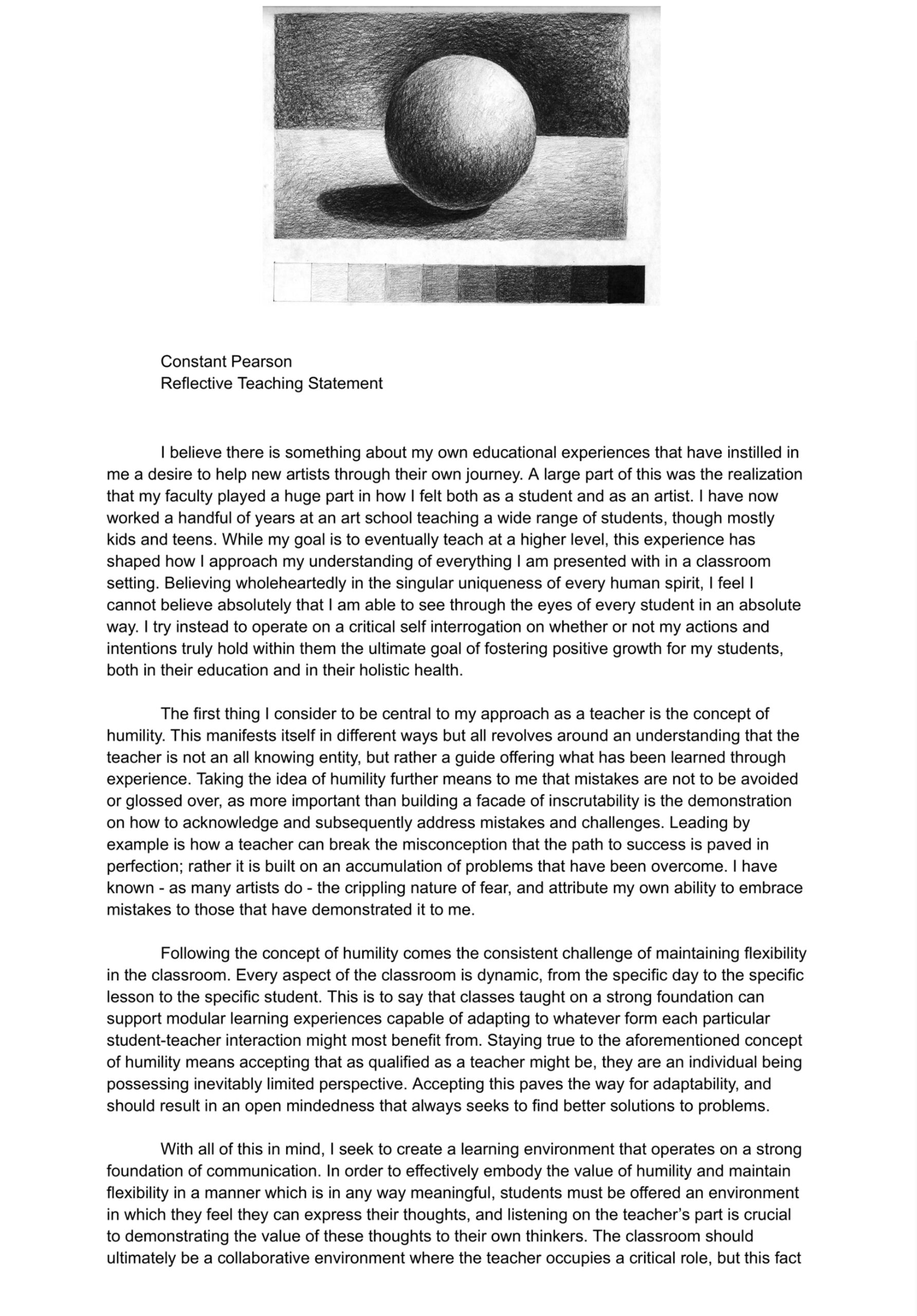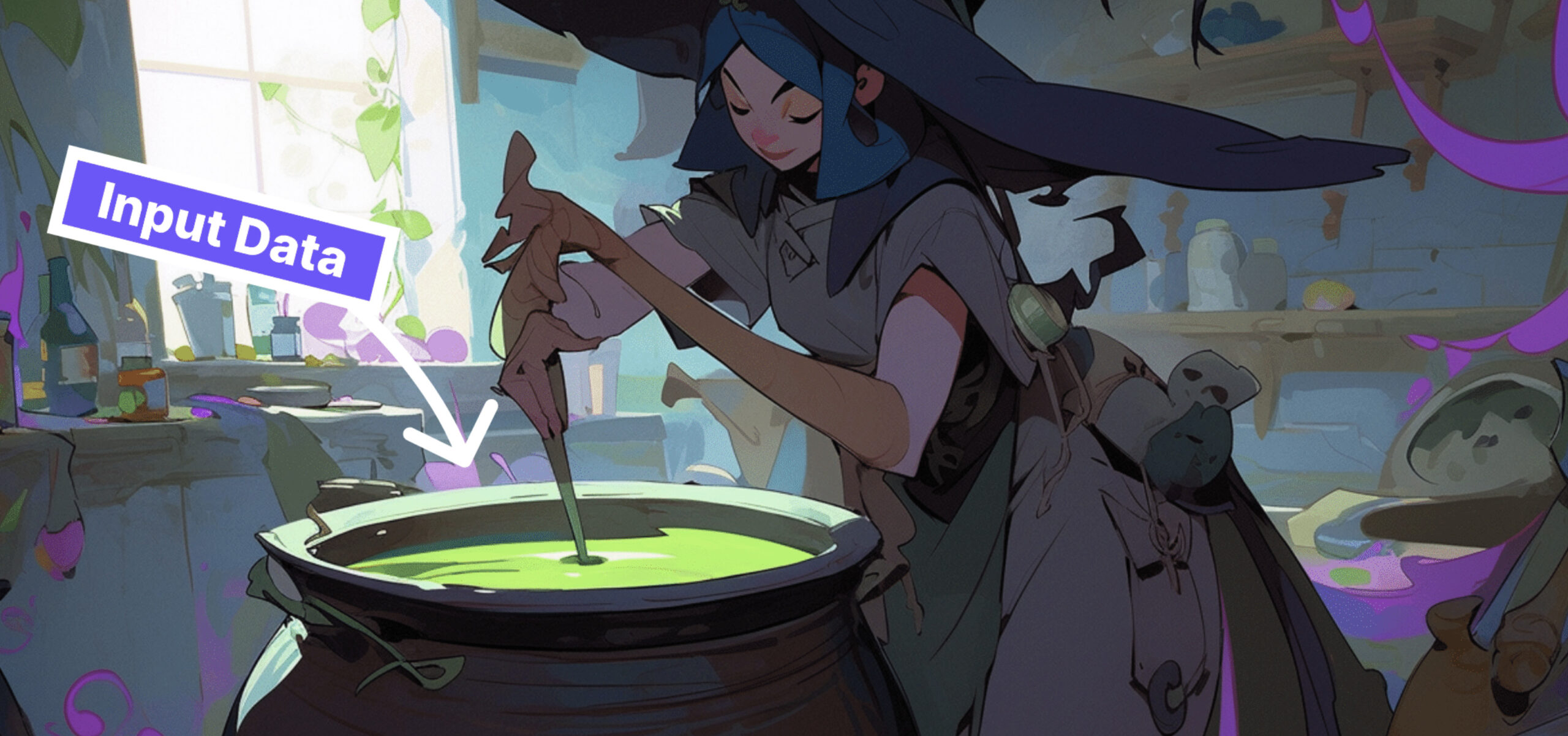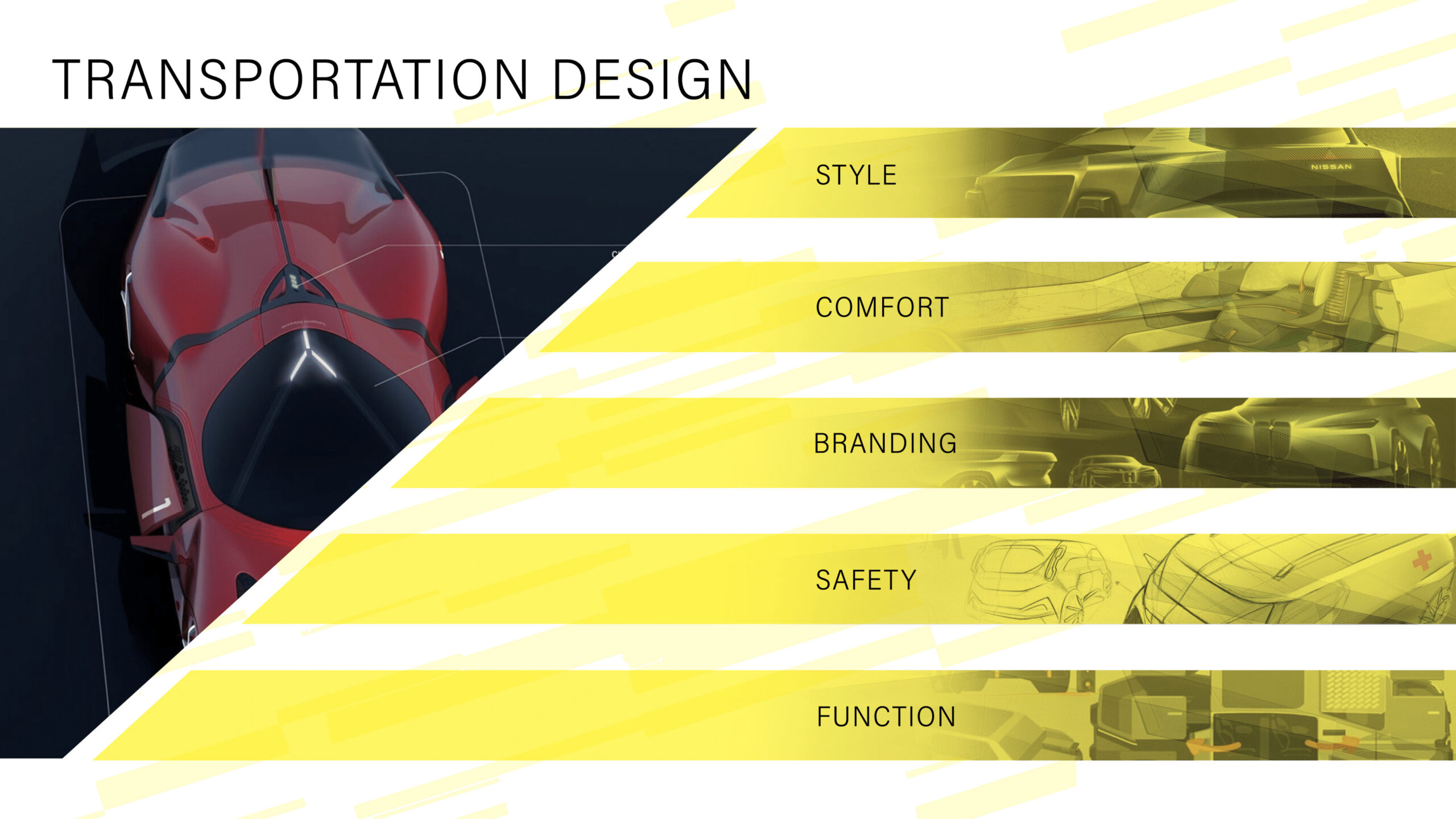It Is That Deep: Thoughts on Teaching

This Designmatters studio, in the Summer of 2023, supported interdisciplinary ArtCenter students who were interested to understand the methodology of designing effective curriculum as it relates to a particular art-related field/topic. Through readings, informal discussions, speakers and a field trip, students were challenged to craft their own teaching statements along with developing their own pedagogy, philosophy and curriculum. For their final, students became instructors and taught a one-hour class, presenting an engaging experience, interacting with students, and communicating concepts through unique methods.
“When I was doing my research, I had prompts at the end of each class that I would reflect on. How was I feeling? How did things go? What did I have planned? How did I feel about it? And I’m curious as you think about your teaching practices, what questions will you ask yourself at the end of each teaching session?”
Wendee Lee, Guest Speaker and Associate Provost of Teaching and Learning at ArtCenter
Research and Project Development
The studio began with students examining memorable classes they have taken in the past – what made them so engaging? Often it was not the topic but rather the instructor who presented the material in a thought-provoking, relatable and often personal/humorous manner. A teacher who could explain complex ideas through simple examples was also a desirable trait. Finally, teachers who were enthusiastic and were flexible to students needs were also keystones of a successful educator. Overall, the class consensus was that a good teacher guides students, but does not TELL them what to do or how to think about a particular subject.
The flip side was also considered: what makes for a boring or uncomfortable class experience? Students decided that oppressive teachers and those who only follow the rules are not creating classrooms of trust. Throughout the course of the studio, students explored the three topics of pedagogy, philosophy and curriculum – and what those elements meant to them and the subject matter they would like to teach.
In-class discussions were a hallmark of this studio as students shared personal stories and prompts that helped them understand their own teaching style. Using ideas learned from “Teaching to Transgress: Education as Practice of Freedom” by Bell Hooks, students explored how learning is community and accountability when classrooms are viewed through the lens of social justice. Students were challenged to find “What is the ideology behind your teaching?”

“My own experiences as both a struggling students and a successful learner have instilled in me a deep empathy and understanding for the diverse needs and learning styles of students.”
Galina Zhu, Teaching Statement (Interaction Design)
Guest Speakers engaged students throughout the term. ArtCenter’s Associate Provost of Teaching and Learning, Wendee Lee, who has also taught product design at ArtCenter – shared her experiences teaching students and later faculty on becoming better instructors. Additional speakers — Wendy MacNaughton, Pamela Valfer, Sam Holtzman and Racheal Chan also shared their thoughts.
For an informal midterm presentation, students gathered around a table, and discussed their teaching statements, along with presenting personal stories, academic experiences and how they currently view their educational experience.
Teaching statements echoed the need to “be flexible to different perspectives” and to match approaches to the individual student, whether they are shy or outgoing. Students also shared fears about taking on the role of the teacher.“Will I impose my own bias on them which can prevent me from really helping them?”questioned one student.
Students continued to design a demonstrative teaching lesson, plotting out how they would lead students through a 60-75-minute class. They examined how they could break down the subject matter into relatable examples. They explored possible effective presentations: Video? Hands-on? Lecture? How could they weave in moments of participation? Where could they bring in bits of their personality into the experience?
“I’ve learned so much from all of you students this semester. I’m really grateful for your trust, your transparency and your willingness to just show up and be here. Thank you; I really appreciate you.”
Ricky Weaver, Faculty
Outcomes
 close
close
Figure Drawing
Read moreConstant Pearson
Pearson shared a timed breakdown of the class so students knew how long each segment was going to be. After introducing the materials, he demonstrated how to hold pencils in a “pinch” for proper effect. On the wall, Pearson posted his own drawings of a sphere, a human muscled arm and a cartoon character.
For a warm-up, Pearson suggested students doodle a two-shape creation. He then led students in a step-by-step process of creating and shading a sphere. Then students were challenged to take their doodle and do the same type of shading. As students drew, Pearson walked around the class offering suggestions and compliments. He asked students if it would be ok to draw on their paper to show them an example. Pearson also adjusted his time schedule when it became obvious that students wanted to spend more time on one aspect of the lesson.
 close
close
Observing, Collecting and Creating
Read moreGalina Zhu
A giant sheet of paper was placed in the front of the shared student table which piqued the students’ curiosity.
Using a colorful slide deck, Zhu’s lecture about observations was accompanied by funny but appropriate memes, videos and eye-catching visuals. The content delved into behavior science and observations.
Zhu shared ways she’s improved her observation skills -- Inferences from Traces, Breaking Filters, and Shifting Perspective – describing specific examples, a personal story, and/or a visual element.
Students were then instructed to walk around campus and find things they hadn’t previously noticed. Once they returned, students used colored markers to depict their observations on that large sheet of paper, explaining what caught their attention.
 close
close
Possibilities of AI
Read moreFeather Xu
Weaving in a reoccurring theme of witches creating magic, Xu stressed that AI is about data and that “whatever you feed it, it will build it. It’s all about patterns.” In a causal manner infused with engaging humor, Xu’s lecture included an ethics discussion. She encouraged students to strive to be “good witches” but to consider “How bad could it be?” when it comes to ideas that could potentially cross ethnical lines.
Xu invited students to brainstorm how AI could be used. “Now, let’s be witches! Let’s do magic!” she said. On slips of paper, students wrote down various data points in their lives, i.e. what is in my fridge? Photos on my phone?, etc. Using these relatable statistics, Xu guided a lively conversation that explored the good and bad of collecting this type of data – and how AI could be implemented.
 close
close
Introduction to Transportation Design
Read moreDavid He
After a short lecture about transportation design elements and objectives, David He explained how the transportation design process is broken down into research, ideation and development. Today’s class would focus on how effective research can inform ideation. He shared images of his own car idea – the AntiGravity vehicle – explaining what is special about it, who is the intended audience, when will the car be released in the future, among other questions. David passed out a sheet of paper with five questions – What, Who, When, Why, How – along with a space for any drawing/storyboarding. Students were instructed to think up a new car design, adding that the “most important thing is not how logical the vehicle is, but did you tell an intriguing story.” Students shared their concepts, and while some ideas were outlandish and silly, He managed to point out elements that are important to the design process.